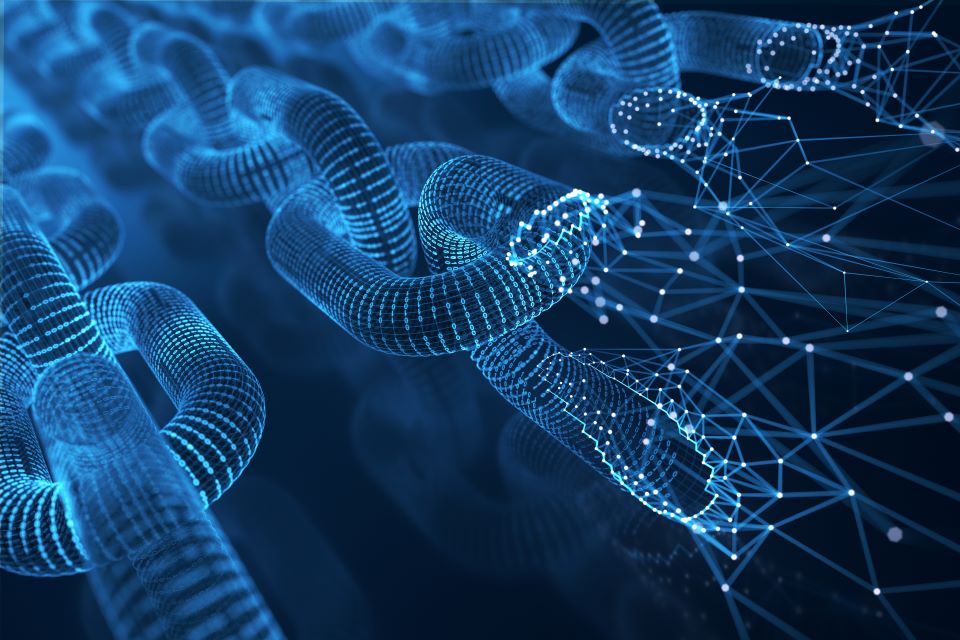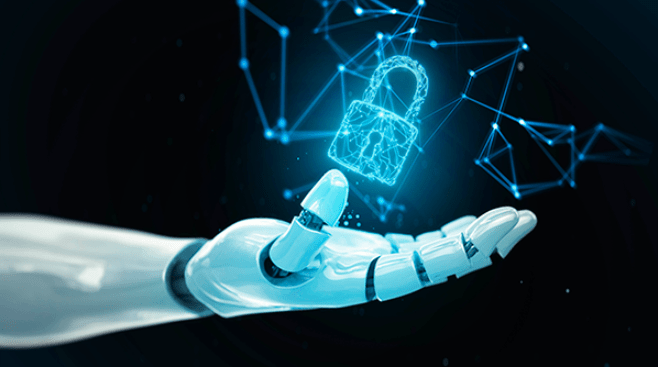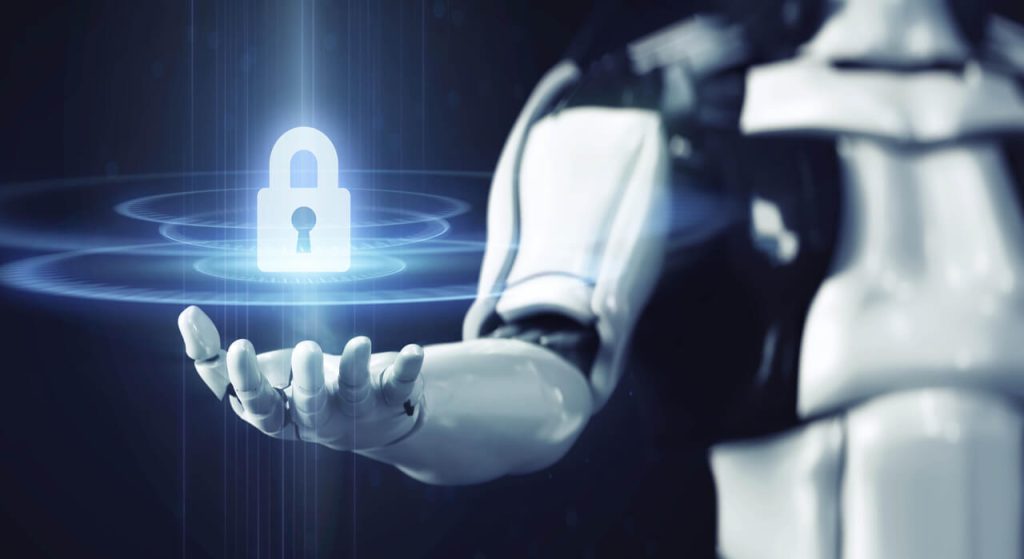“Democratized” AI, like the one we are currently experiencing, has an enormous disruptive potential on our society and productive processes. Are we probably witnessing a new Industrial Revolution? For a better understanding of this dilemma, let’s review some concepts about the evolution of society and industrial revolutions.
Society 1.0, Hunting

Margaret Mead was an anthropologist who, based on a student’s question, defined that the first hint of social life was given by a healed femur. It takes 6 weeks to heal a femur fracture. Without minimal support, an animal in this situation will not be able to escape from its predators or find food and water to sustain itself during the healing process. To survive, you need a support group to protect you, feed you and wait until you recover. Accordingly, the oldest healed femur gives us an idea of when human society begins.
Back then, available technologies were minimal; fire and the most rudimentary tools. Economic power laid on the hunter’s skill and courage.
Society 2.0, the Agricultural
The first great evolutionary leap came with the development of agriculture, which enabled higher food productivity and the establishment of larger social groups.
Human groups grew in magnitude, the first empires emerged, technical skills were developed, but the means of production continued to depend on human strength or animal traction. Despite the presence of cities and bureaucratic and administrative functions, the great mass of population lived in the countryside and relied on production for their sustenance. Economic power was in hands of those who dominated the land. And this only changed through a disruptive innovation that brought about an enormous social transformation.

Industrial Revolution and Society 3.0, the Industrial

In the 18th Century, development of technology brought the steam engine, capable of overpowering animal strength. This allowed two large movements.
Creation of industries, and as a result there was a massive migration from the countryside to the cities, and society went from being agrarian to urban, focused on massive production of goods.
Creation of Railroads, drastically reducing travel times and the speed of end-to-end information.
Economic power migrated from land ownership to mastering industrialization.
Electricity, the Second Industrial Revolution
Steam required mechanical energy transfer, forcing production to be close to its energy source. This model lasted for almost two centuries until electricity development.
Hydroelectric plants meant a great breakthrough for sustainability, replacing coal. Electricity enabled production and long-haul transmission of even greater amounts of energy, allowing for ever-increasing acceleration of industrial capacity and decentralization thereof.
Electric power could also be used for lighting, and production shifts would extend well into the night. As far as communications are concerned, appearance of the telegraph accelerated information spread, making it way faster than the train.
Electricity improved quality of life and productivity, however economic power still remained in industries.

Electronics, the Third Industrial Revolution

The Electron was discovered in 1897. The 20th century developed along with the improvement of electronic circuits, which reached telecommunications and computers.
Together, telecommunications and computing accelerated the development of new technologies in different areas. Computer graphics simplified processes and gave rise to new possibilities for arts, architecture and engineering. Great breakthroughs in Medicine for the development of drugs and drug testing statistical control. Telecommunications, in tandem with radio and TV, created a new entertainment market.
Despite driving science production, technology developed an increasingly voracious and data-dependent society.
Further to a long cycle, society consolidated a change and economic power was transferred from Industry control to information control.
Fourth Industrial Revolution and Society 4.0, Information.
Digitalization of products and processes gave place to production media where information is more important than the production asset itself, defining the Fourth Industrial Revolution. New companies emerged, such as: Uber, a transportation giant without vehicles; Airbnb, a hotel giant without rooms; Amazon, the bookless giant that later took over commerce and information technology, as well.
Internet development in three big phases is a key factor for this period.

WEB 1.0: A replica of the physical world with information monopolized by a few media groups, both for control and creation. This tool was on its onset and there was still a lot of uncertainty about its applications and monetization models.
WEB 2.0: Social networks emerged, and content creation spread among users. Distribution control remained in the hands of a few social media managers, who also kept a monopoly to monetize any information available regarding their users’ habits. The introduction of smartphones set the tone for 24/7 web content consumption. E-commerce developed and people’s lives, attention and consumption were captured by their screens.
WEB 3.0: This movement is still on its onset. With blockchain and NFT, users not only become web content creators, now they are able to directly control ownership and distribution of said content, changing the balance of forces that places large social networks at the top of the WEB 2.0 chain.
The web consolidated itself as the baseline of Society 4.0, characterized by the convergence of digital, physical and biological technologies. Technologies such as the Internet of Things (IoT), artificial intelligence (AI), advanced robotics and virtual/augmented reality play a central role. Data acquisition, transportation and processing are key elements for an economy focused on digital innovation where personalization and customization are common.
To leverage this market opportunities, companies needed to travel through Digital Transformation paths, adapting their structures and processes to tackle new consumers’ demands. Demand for digital infrastructure capable to meet this society’s recent needs has just begun.
AI, the Fifth Industrial Revolution?

Object of study since the beginning of electronic computing, access to Artificial Intelligence was for a while, restricted to a few. It required large volumes of a very expensive computational power. Cost reduction and higher computing power of smartphones, as well as the development of cloud infrastructure, contributed to AI democratization.
Free AI services are emerging today that anyone can use to write texts, generate layouts, audio, and even photographic images. Applications such as Adobe Photoshop and the Office suite, are making use and abuse of AI-based features. Personal assistants like Alexa, which once were mere voice interfaces for simple commands, soon included the ability to converse very naturally with their owners.
It is true that massive use of AI should produce a new productive leap. Combined with hybrid work models, Cobots (cooperative robots) and other technologies should give rise to robust changes in the production process, replacing functions and creating new professions. Accordingly, we might say the AI stands for a Fifth Industrial Revolution. Others, however, still consider this is not the case, and that all we see is the refinement of the Fourth Revolution technologies.
In the future, historical distance will tell us who is right. We do not yet understand to what extent these technologies will develop. The scenarios we create in our minds for the future of technology should be as accurate as Jules Verne’s descriptions of the 20th century technology.
Society 5.0

Back to Margaret Mead, society emerged as a means to improve our existence as a species. As a support network to help more people get better living conditions. Over the millennia separating the first healed femur from ChatGPT and Bard, humanity and technology have evolved together. Humans shape technology for their benefit, and technology shapes humans and their lifestyle. For a long period, the economic gains derived from technological breakthroughs came at the cost of strong environmental impacts and great social imbalances.
The concept of Society 5.0 emerged in 2016, when the Japanese government launched a project to use technology for humanity. In Society 5.0, technological development is not simply focused on increasing productive capacity, but on improving people’s well-being and quality of life by solving complex issues. Issues to be addressed include polluting emissions reduction, increase of food production capacity, and waste reduction; sustainable production, and income gap decline.
The greatest challenge is not technical, but rather our ability to mobilize authorities, corporations and citizens around this issue. The main technologies that enable society 5.0 already exist. Artificial intelligence, Drones, Smart Home, Autonomous vehicles, Cloud Computing. Our greatest challenge still remains on reversing an individualistic mindset to a co-creative and collaborative vision, without the mistakes of current and past political and economic systems.
Companies and their leaders have the power and are accountable in this scenario. It is undoubtedly a disruption, and we must rethink how to achieve results following the new rules of the game. The only certainty, for now, is that this game will be played on digital infrastructure.

Author:
Yuri Menck
Marketing Manager
Cirion, Brazil
Graduated in Industrial Electrical Engineering (UTFPR), with a postgraduate degree in IT Management (Unicenp) and an MBA in Executive Management (Insper/SP). He has always worked in the information technology and telecommunications market. In the company since 2000, he held positions in technical and product areas, and has led the Strategic Marketing and Communications team in Brazil since 2008.









